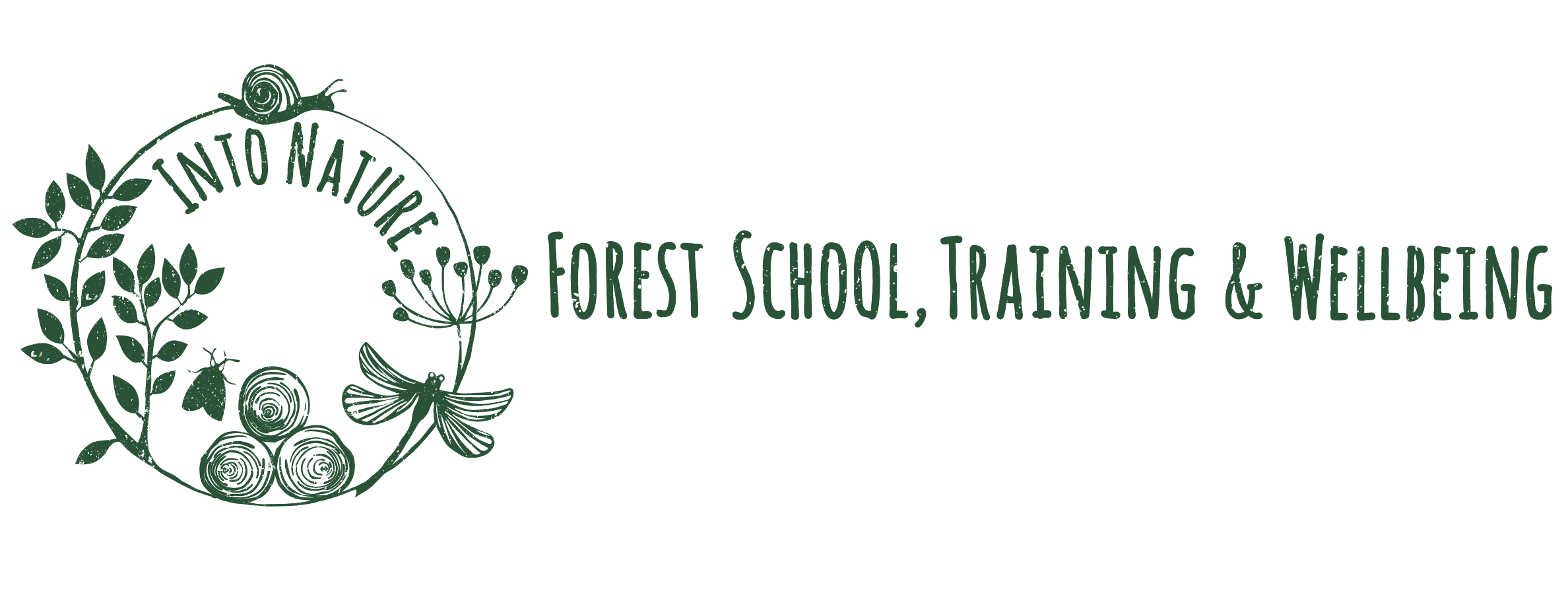Our relationship with ‘weeds’ has changed for the better over recent years and we appreciate that category is by and large an unfair sweeping judgement that labels many useful plants. Weeds are often beneficial either for us or nature or both. Stinging nettles (Urtica dioica) are a great example of this. At least 40 insect species rely on nettles as a food source; read here about the importance of keeping your nettle patch sacrosanct and which butterflies depend upon those nettles.
Easily dismissed as in the way and an annoyance they are in fact valuable food source for us humans too and at times historically vitally important. They contain large quantities of vitamins A,C, and some B as well as magnesium, calcium, potassium and iron. They are that ‘cut and come again’ type of plant which means little harm can be done from harvesting them. In fact they like it.
Nettles can be eaten raw although you’ll be likely to know about it, made into soups, infusions and cordials, cooked as greens; added to tarts.
Simple seasonal foraging is part of our Forest School year and nettle crisps are a novel and memorable way to embed knowledge of seasonal change, our relationship to nature and a fun ‘eat your greens’ message. It’s surprisingly popular and few children over the years consider it a big step towards trying something new.
We would combine this with cooking over the campfire but best keep the air nice and clear currently and cook over the stove instead.
Here is a simple guide to making nettle crisps:
- Harvest your nettles, pinching out and using tender top few leaves. Avoid dog pee level.
- Heat your oil.
- Test using a single nettle; look for bubbles around the edges and oil will be ready
- Place a small handful of nettles in the oil and spread them out
- Nettles will take between 10 and 2 seconds to crisp depending on heat of oil. Don’t wait for them to go brown.
- Remove and place on kitchen towel/muslin.
- Season with salt and serve immediately as an appetiser or sprinkle on a salad.
TIPS
Pregnant and breast women are advised to avoid nettles
Unlikely as it might seem, ensure your basket is full of nettles not a look alike! I have had instances of other hedgerow nettle look-alikes being added to the pot. Hedge woundwort being one; not toxic but equally not tasty.
Dead nettles are a different plant (the mint family) so we couldn’t recommend trying these not having tried! They are edible however. See the marvellous Wild Food UK BLOG for more info on eating dead nettles .
Wearing gloves is a good idea; no extra points for bravado! You can in theory ‘grasp the nettle’ to avoid being stung and some people claim it helps reduces inflammatory conditions such as arthritis. Some of my forest school children claim that you can spit on your hand and that helps; I love this oral tradition.
The sting causes most people no harm. A minority of people are affected by more severe hives, itching and swelling.
Our campfire way is the deep fat way so it is possible to combine a couple of tablespoons of oil and your seasoning and bake instead(!)
Have fun and let us know how you get on! x






